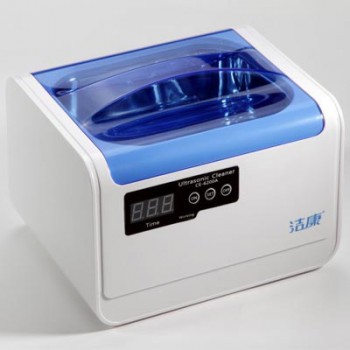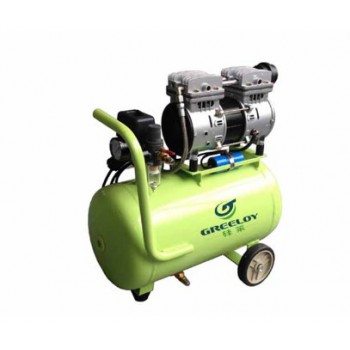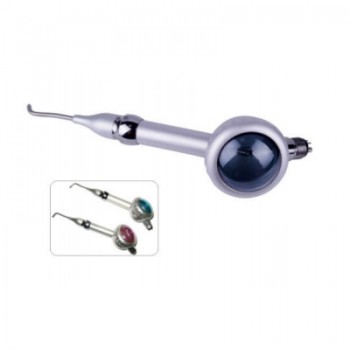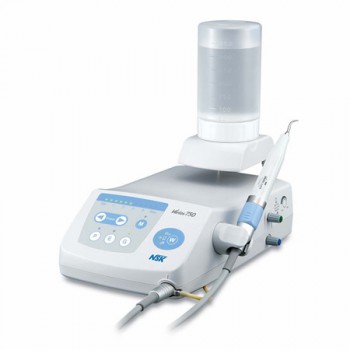Dental equipment is so important to the dental practice. Helping people improve their oral health is positively fulfilling, but it’s impossible to accomplish this without the right equipment.
The dental air compressor is most likely not your main concern when going to the dentist for your yearly check. A dental compressor should be equipped with an compressed air dryer. There are different types of air dryers available, mainly refrigerated and desiccant. But I would recommend the adsorption air dryer (also called desiccant compressed air dryer). Make sure that the output (the amount of air it can produce per minute or hour) is right for you. A too-small compressor will give you problem for the obvious reason that the pressure will drop when too many people use air at once.
About 74% of people believe that an unattractive smile can hurt their career success, and a non-sterilized instrument will set them back even further. You cannot put your career on the line by failing to obtain the right kind of dental autoclave. The first thing you need to consider is that manual vs. automatic. Manual autoclaves are generally less expensive to buy and repair, but they take much longer to use. Automatic autoclaves cost a bit more, but they can save you tons of time and detect any malfunctions.
If you’re a dentist in 2016, you already know that investing in the right kind of digital image equipment is half the battle. In dentistry, there are two types of digital imaging systems used in intraoral radiography: computed radiography (CR) and direct radiography (DR). These are then categorized into periapical and panoramic x ray machines. Furthermore, there are two sources of image noise used in digital imaging: statistical noise and structured noise. Due to the wide range of x ray machine capabilities, you should do some research of your own and rely on your education to figure out which machine is worth your investment.
For a patient, a visit to the dentist usually involves reclining in a comfortable dental chair while the dentist performs their job. However, for the dentist, a typical visit from a patient involves sitting on a stool and having to contort his/her body to perform oral work. It is no wonder why numerous dentists struggle with musculoskeletal problems involving their arms, neck, shoulders, and lower back. There is good news however. Several studies show that with proper equipment that provides support, comfort, and adjustable options, a dentist can help to minimize musculoskeletal problems.



